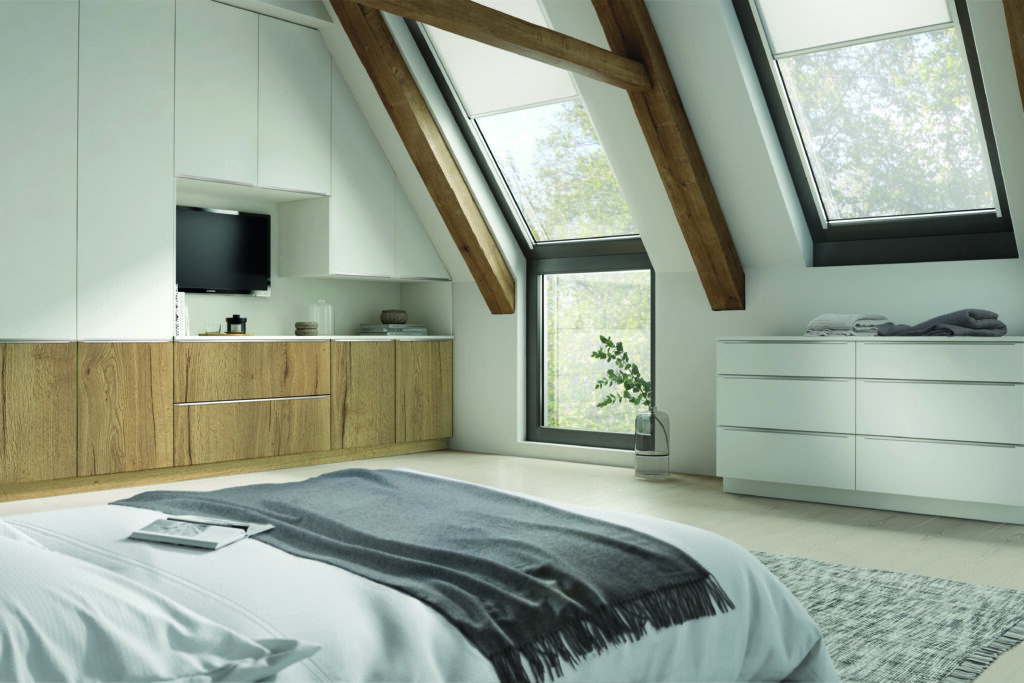
What is the Biophilic Interior Design trend?
Biophilic comes from the term ‘biophilia; meaning a hypothetical tendency to interact or be associated with other life in nature. Biophilic design is about bringing the outdoors in to enhance connectivity to the natural environment.
The Biophilic Design trend has grown in popularity over the last couple of years and is looking to be one of the most significant trends of 2023. This popularity is likely a result of the increased time spent at home and more awareness of our surroundings and our impact on the environment.
Creating a biophilic environment is beneficial not only for the aesthetic of our interior but also for our health and well-being. Read this blog to learn about the biophilic design trend and how you can create a biophilic environment in your home.
The Benefits
It is no secret that being immersed in nature is good for our mental health. With a lot of us spending a significant amount of time indoors, biophilic design can help to bring these benefits inside.
Whether a biophilic environment is created at work or at home it can have many benefits. It can help to reduce stress and fatigue, enhance creativity and improve mood and general well-being. A study by Environment International found that biophilic environments had a larger restorative impact in reducing stress and anxiety.
If indoor plants are your thing, they have their own benefits when it comes to air quality and can reduce air pollution in homes and offices.

How to Create a Biophilic Environment
Now you know more about the biophilic design trend, you might be wondering how to create this in your environment. There are many ways to incorporate nature into your interior design. Some ideas are more subtle accessories and some are bigger transformative projects.
The obvious idea that springs to mind is adding indoor plants. If you have time to look after them, plants can look great and can also possess the air quality benefits mentioned earlier. If you don’t have much of a green thumb, other natural objects could be a fun alternative. Examples include shells, water features or even rocks and stones.

Using nature-inspired colours such as green and brown can instantly transform an interior to feel more outdoorsy. These colours are easy to use because they aren’t too overpowering so have many suitable uses. They can be utilised for painting walls, wardrobe doors, and kitchen cabinets as well as smaller furniture and accessories.
Another way to add natural elements to your interior is by using textures and materials such as wood and stone. These materials remind us of their natural origins and can have various uses such as for kitchen worktops or wardrobe doors. For an interesting contrast, combine these textures with solid paint colours. Shown below on this fitted wardrobe using our Natural Halifax Oak finish combined with white.

If you’re not looking to completely refurbish your interior, there are some more subtle ways of bringing natural elements into your home. Using botanical or greenery-inspired patterns for accessories such as rugs and pillows. Decorating with nature-inspired artwork or prioritising organic shapes and forms for lamps and vases. Another idea that might be less obvious is bringing in sounds and scents from nature. For example using an essential oil diffuser or a recording of relaxing wild animal sounds.
We hope that this blog has helped to clarify what biophilic design is and how you can introduce it into your interior. If you’re looking for nature-inspired wardrobes or interior storage then get in touch to discuss what we can do!

Recent Comments